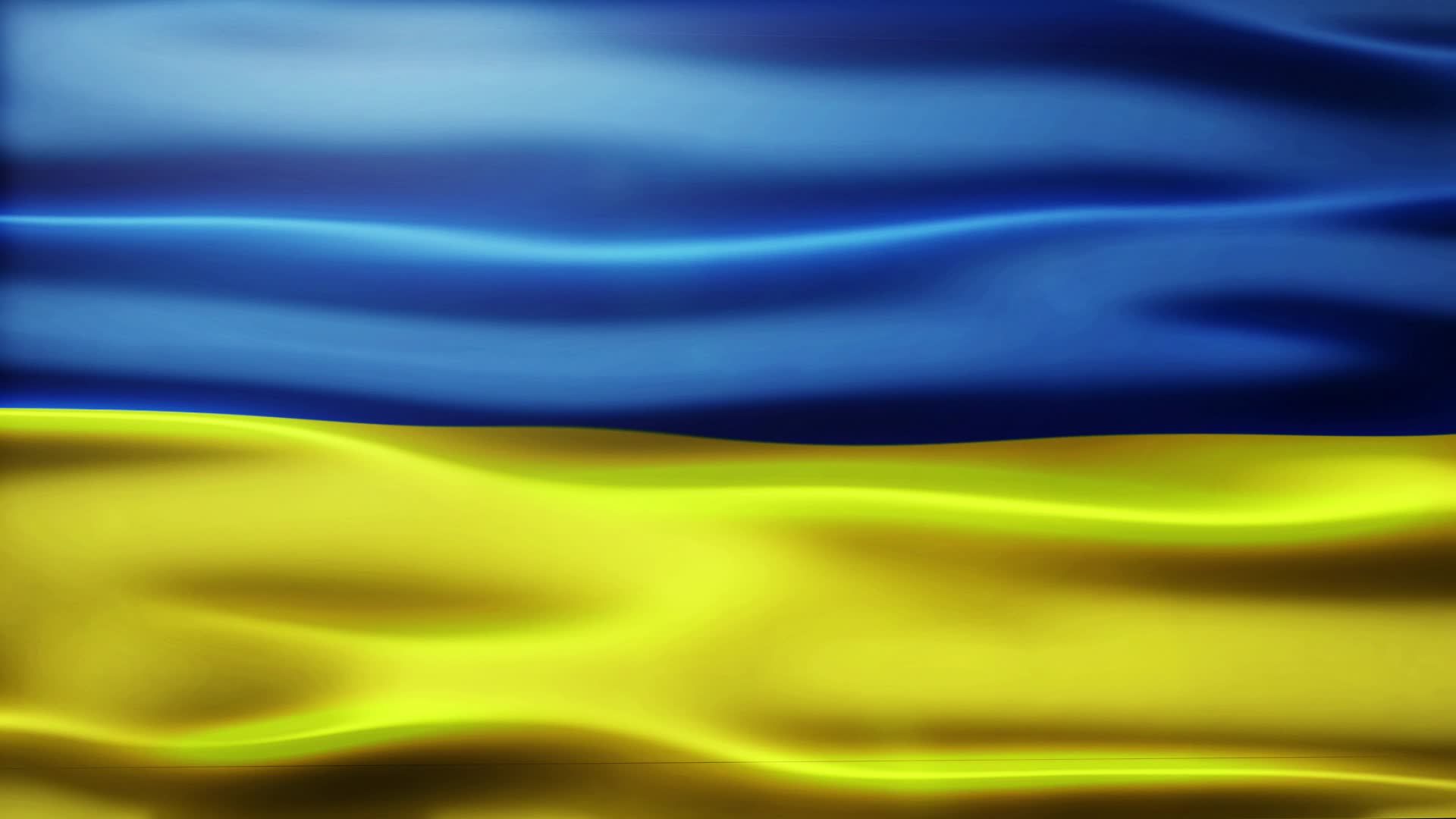Ukraine’s history can be traced back more than 1 000 years ago when it was under Kievan Rus’ control (a medieval state that existed between 9th century and 13th century).
The Ukrainian flag is a symbol of the country and its people. It is one of the most recognizable flags in the world. The colors of the Ukrainian flag are blue and yellow. There are three horizontal stripes on the Ukrainian flag with equal widths. The blue stripe is at the top, followed by yellow.
The Flag of Ukraine and Its Meaning
The flag of Ukraine is a symbol of the unity of Ukrainian people and their national pride. The blue and yellow colors are traditional to Ukraine, and in the center of the flag is a horizontal trident outlined in blue. The trident, or three-pronged spear, is said to have been borrowed from ancient Greek mythology, but it became associated with the Hetman (leader) of Ukraine — a position which called for great power and leadership skills.
The colors on the flag represent various aspects of Ukrainian culture, such as blue for the sky and yellow for wheat. The trident contains the word “ВОЛЯ” (Freedom).
Ukraine’s current flag was adopted in 1991 afetr gained its independence from Russia after the dissolution of the Soviet Union and is based off of their original Cossack flag.
Interesting facts about the Ukrainian flag
Flag of UkraineEach country has its own flag, which carries certain symbols, both in coded and direct form. The Ukrainian flag has an ancient meaning: it is a combination of a wheat field and a blue sky. In 2004, President Leonid Danilovich Kuchma signed the law declaring 23 August as a public holiday, the Day of the State Flag of Ukraine. Although you probably know the basic image of a field and a sky, we would like to tell you about some more interesting features:
- The inhabitants of Galicia used the blue and yellow flag in 1948, making it the national flag.
- There is a rumour about the famous conversation between Leonid Kravchuk and the Chinese artist Mao Mao that took place in 1992. The Chinese artist strongly urged Leonid Kravchuk to change the colors of the flag as soon as possible, as Ukraine was not formed long ago and the national symbols were not strengthened. Mao Mao thought that this color scheme would bring a lot of trouble and misfortune to the country, and in the end he predicted the collapse of the state.
- In the 14th century, the Russian kingdom also used a combination of yellow (gold) and blue colors in the symbols of its principalities. Many dukes and nobles used this combination in the emblems of their lands.
- Historically, the first president of Ukraine, Mykhailo Hrushevskyy, has confirmed the yellow-blue flag. In the modern Constitution of Ukraine, the national flag is blue-yellow on the contrary.
- The Cossack flags of the Zaporizhian troops often used the colors yellow and gold on their flags; this trend was especially marked in the 18th century. They also bore the image of a knight in gold or red clothing.
- The symbolism of color does not only denote the countryside and the sky. For example, gold carries the highest spiritual forces: the Creator, the Father God, and in general the Creator of all things. Blue symbolizes freedom, earthly values and their freedom of choice, all of which God has given to man. That is the symbolism based on orthodoxy.
- The first mention of the blue and yellow color combination was made at the founding of the city of Lviv. When Danylo Halytskyi founded the city of Lviv in honor of his son, he put a yellow lion on a blue background on his coat of arms. Many believe that this was the basis of the current Ukrainian flag, but this fact says more about the popularity of the blue and yellow colors in Ukrainian symbols.
In China there is a Book of Changes, which includes certain combinations of colors that symbolize certain meanings. According to this book, the combination of yellow and blue (when blue is on top of yellow) means misfortune and trouble – the hixogram ”Pi”. But if the colors are placed in a different order – blue on the bottom and yellow on top, it is the opposite of happiness and prosperity – the hixogram ”Tai”.
You may also like:

